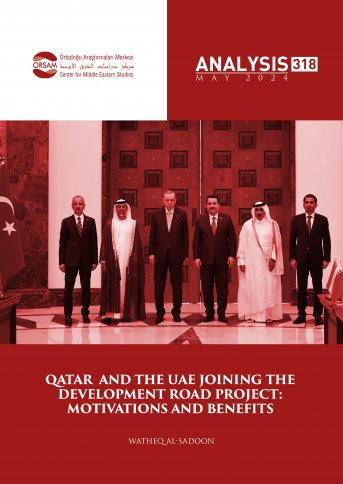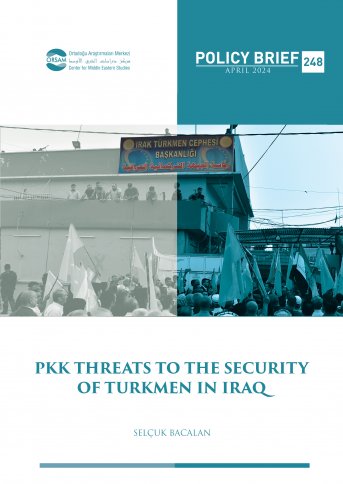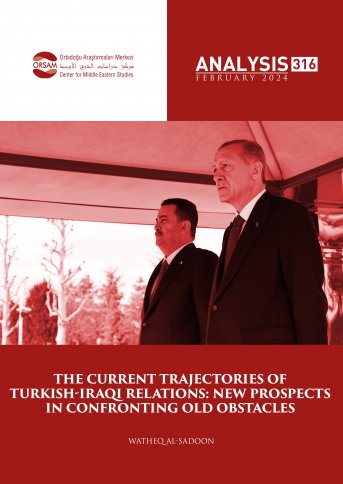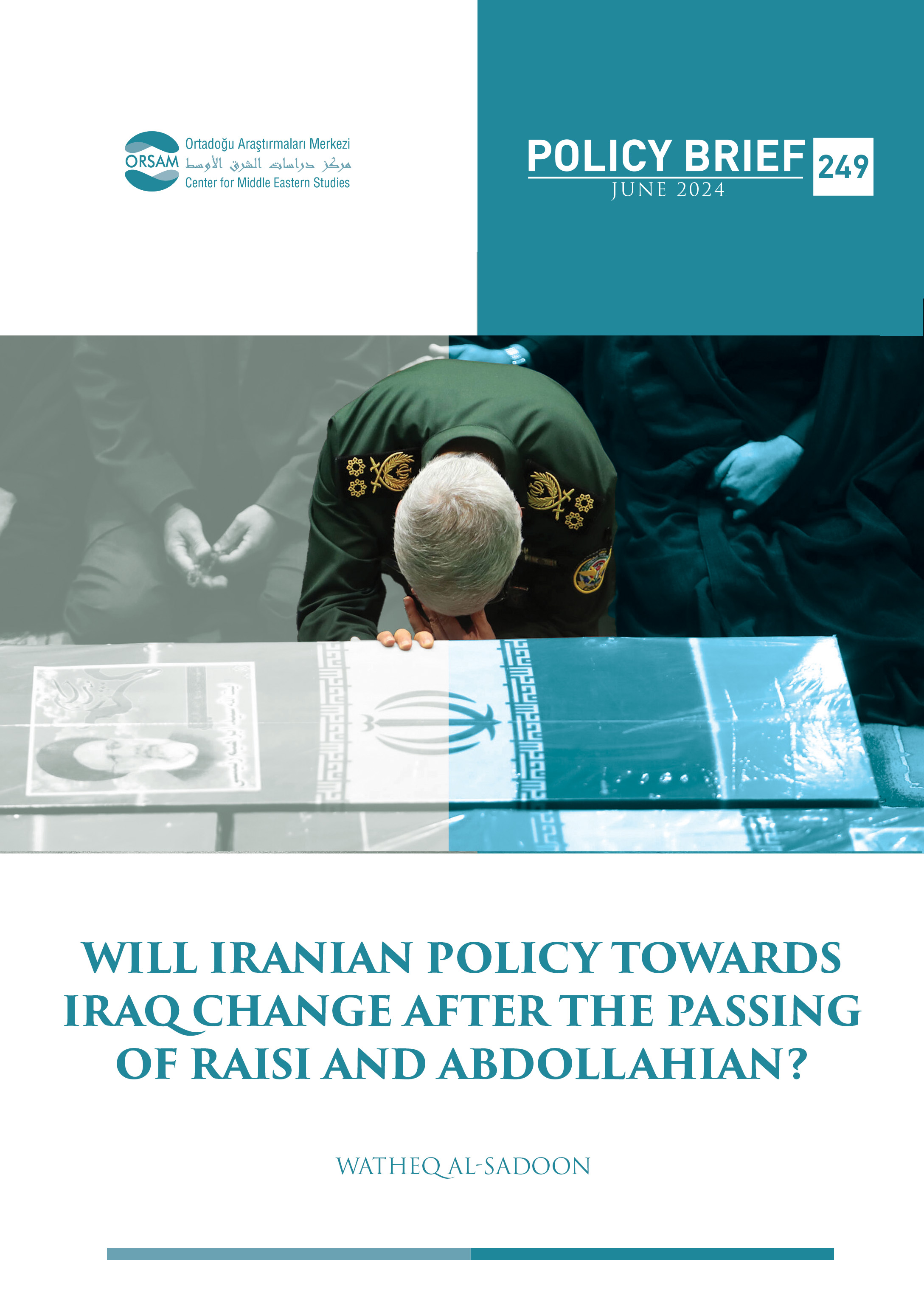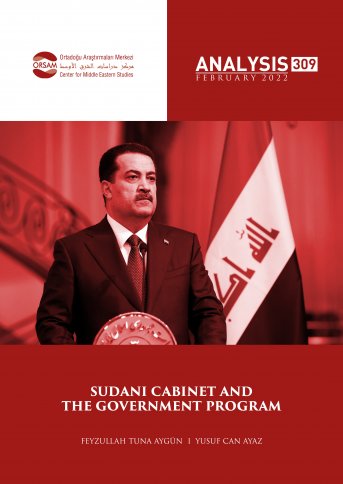
Sudani Cabinet and The Government Program
In all parliamentary elections held after 2003 in Iraq, different systems were applied due to changes in the electoral laws. The effect of the electoral system on representation, however, caused the differentiation of the political institution beyond the social transformation and prevented the healthy reflection of voter requests in the parliament. This division between the people and the political mechanism reached a peak with the October 2019 demonstrations. At the people’s request, the prime minister of the time resigned, and the new government prepared a new electoral law. This electoral law benefited the Sadrist movement in Iraq, where different dynamics are present in the society beyond political variables. This system was used in the parliamentary elections held in 2021, but afterwards, a government crisis arose due to disputes between political entities.
Within the government crisis, in addition to none of the blocs that were formed in line with the new election system being unable to reach the necessary majority to form a government, the political disputes deepened even more due to the country’s chronic problems, and none of the parties managed to reconcile. The crisis was only resolved when the political party with the largest following, the Sadrist Movement resigned and substitute members chosen from other blocs took their place.
For this reason, it is important to explain the separation between the Iraqi Shiites, who became the main actors of the country, especially after the 2018 elections, which can be considered the background of the establishment of the government under the leadership of Mohammed Shia al-Sudani as well as the separation between the people and politics. The structure of the Sudani cabinet, its government program, and its first term in power can be considered a legacy of the 2018-2022 background, which is touched upon below.

